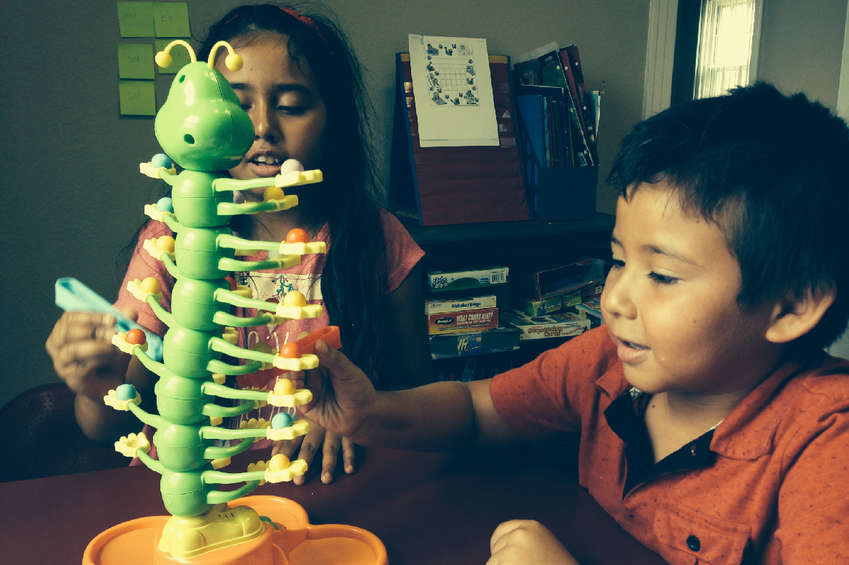Paxil (Paroxetine) Prescriptions Available Today
Due to the fact that skin basalioma grows slowly and is usually clearly visible, patients in 80% of paxil pills seek medical help on time, which significantly improves the prognosis of treatment. Overall, 8 out of 10 patients recover.
Treatment of basalioma of the initial stage in 98% of cases has a favorable prognosis. It should be noted that tumors over 2 cm in diameter are considered neglected. If a suspicious neoplasm appears on the skin with a reddish, inflamed rim and a pearl roller, you should not wait and try to get rid of paroxetine 40mg. This approach leads to the loss of precious time: the tumor ulcerates, the tissues become necrotic, the inner part of the neoplasm becomes lumpy with a greasy coating. It will not be easy to cope with such a far-reaching process.

Discount Generic paroxetine & Prescription Drugs
Basalioma (basal cell carcinoma) is a malignant skin tumor that develops from epidermal cells. It got its name because of the similarity of tumor cells with the cells of the basal layer of the skin. Basalioma has the main signs of paroxetine neoplasm: it grows into neighboring tissues and destroys them, recurs even after the correct treatment has been performed. But unlike other malignant tumors, basalioma practically does not metastasize.
Relapses are noted in patients when the tumor has time to penetrate to the cartilage and bone structures.
Causes of basalioma Classification of basalioma Symptoms of basalioma Complications of basalioma Diagnosis of basalioma Treatment of basalioma Prognosis of basalioma Prices for treatment. Basalioma (basal cell carcinoma) is a malignant skin tumor that develops from epidermal cells. It got its name because of the similarity of tumor cells with cells of the basal layer towait. Basalioma has the main signs of a malignant neoplasm: it grows into neighboring tissues and destroys them, recurs even after the correct treatment has been performed. But unlike other malignant tumors, basalioma practically does not metastasize.

With regard to basalioma, surgical treatment, cryodestruction, laser removal and radiation therapy are possible. Treatment paxil tactics are selected on an individual basis, depending on the characteristics of the basalioma.
The following clinical forms of basalioma are distinguished:
Basalioma occurs mainly in people over 40 years of age. Factors contributing to its development include frequent and prolonged exposure to direct sunlight. Therefore, residents of southern countries and people working in the sun are more susceptible to basalioma. Light-skinned people get sick more often than dark-skinned people. Contact with toxic substances and carcinogens (petroleum products, arsenic, etc.), permanent injury to a certain area of the skin, scars, burns, ionizing radiation are also factors that increase the risk of basalioma. Risk factors include a decrease in immunity against the background of immunosuppressant therapy or a long-term illness.
Learn more
The occurrence of basalioma in a child or adolescent is unlikely. However, there is a congenital form of basalioma - Gorlin-Goltz syndrome (neobazocellular syndrome), which combines a flat superficial form of the tumor, mandibular bone cysts, malformations of the ribs and other anomalies.
Most often, basalioma is located on the face or neck.
The development of the tumor begins with the appearance on the skin of a small nodule of pale pink, reddish or flesh-colored. At the beginning of the disease, the nodule may resemble a common pimple. It grows slowly without causing any pain. A grayish crust appears in its center. After its removal, a small depression remains on the skin, which soon becomes covered with a crust again. Characteristic of basalioma is the presence of a dense roller around the tumor, which is clearly visible when the skin is stretched.
Learn more
Reading
Further growth of the basalioma in some cases leads to the formation of new nodules, which eventually begin to merge with each other. Expansion of superficial vessels leads to the appearance of "spider veins" in the tumor area. In the center of the tumor, ulceration may occur with a gradual increase in the size of the ulcer and its partial scarring. Increasing in size, the basalioma can grow into the surrounding tissues, including cartilage and bones, causing severe pain.
The small granular formations that make up the roller look like pearls.
The perforating form of basalioma occurs mainly in those places where the skin is constantly injured. From the nodular-ulcerative form of the tumor, it is distinguished by rapid growth and pronounced destruction of surrounding tissues. Warty (papillary, exophytic) basalioma resembles cauliflower in its appearance. It is a dense hemispherical nodules growing on the surface of the skin. A feature of the warty form of basalioma is the absence of destruction and germination in the surrounding healthy tissues.
Learn more
The cicatricial-atrophic form of basalioma also begins with the formation of a nodule. As the tumor grows in its center, destruction occurs with the formation of an ulcer.
Paxil Prices
Spiegler's tumor ("turban" tumor, cylindroma) is a multiple tumor consisting of pink-violet nodes covered with telangiectasias ranging in size from 1 to 10 cm. Spiegler's basalioma is localized on the scalp, has a long benign course.
Privacy (English)
Privacy (Spanish)
Privacy Practices
Receitpt of Privacy Practices.

The American Occupational Therapy Association, Inc.

APTA
The tumor acquires a specific appearance with a scar in the center and an ulcerated edge, in the area of which tumor growth continues.
Although basalioma is a type of skin cancer, it has a relatively benign course because it does not metastasize.
Contact us today!








